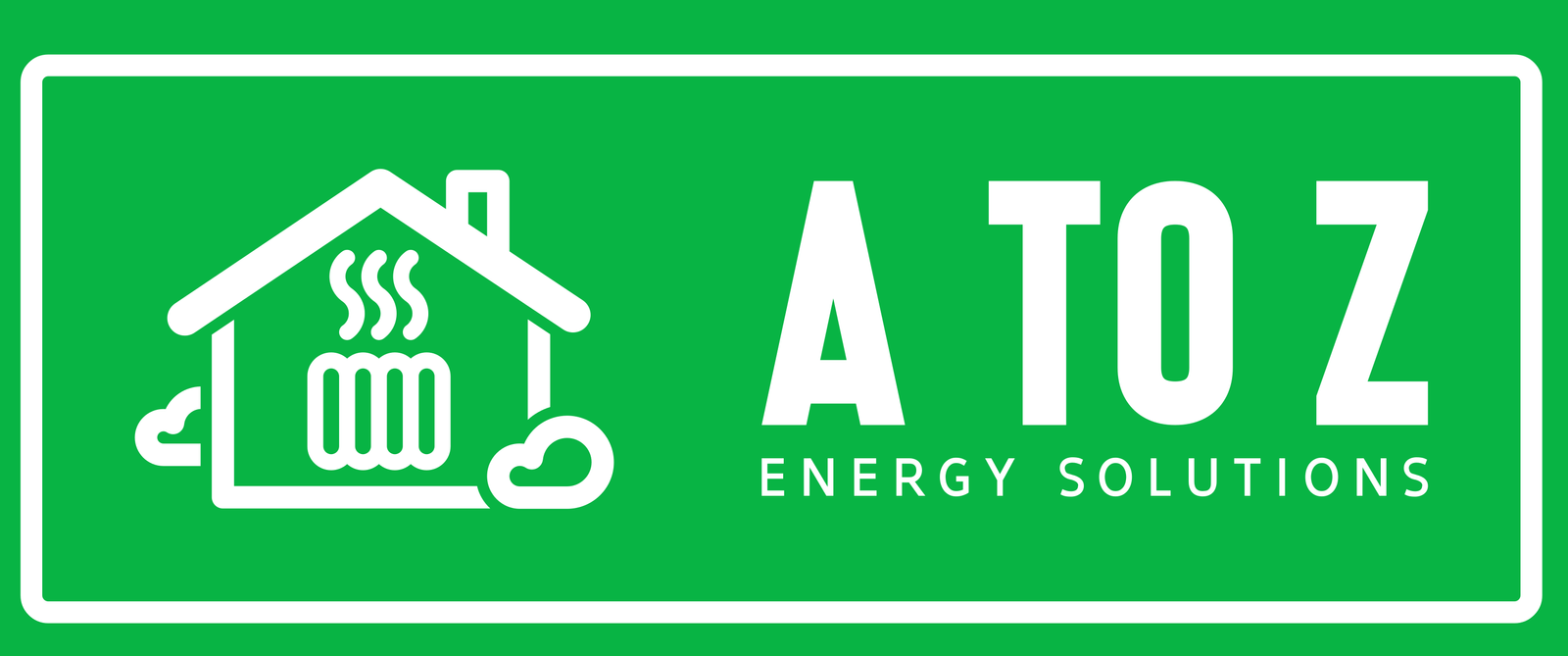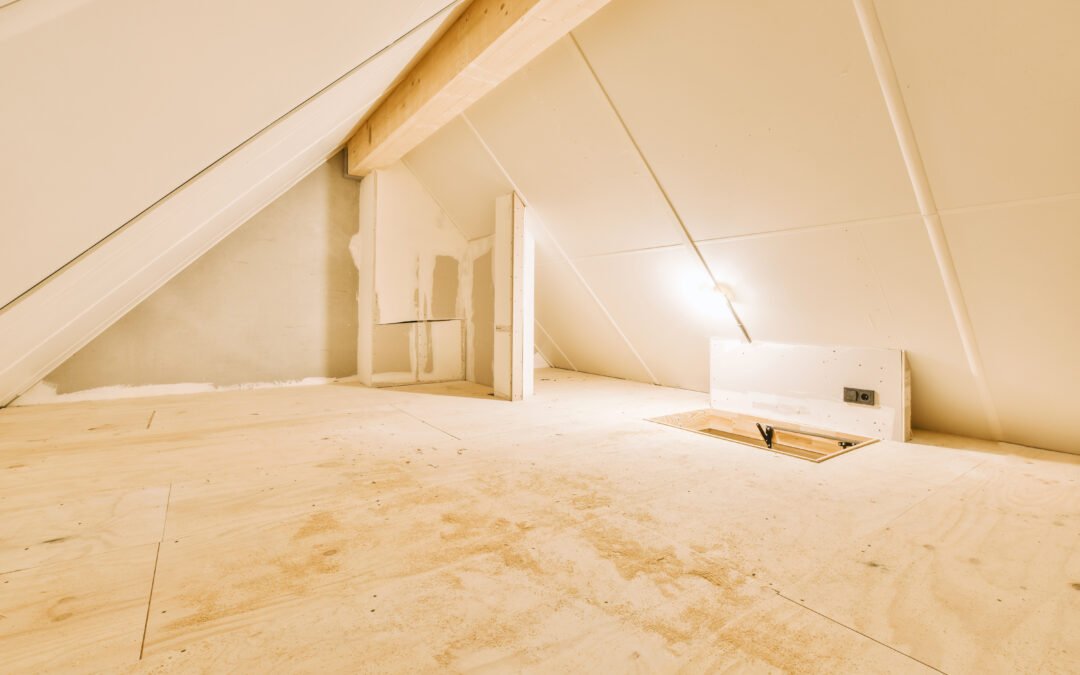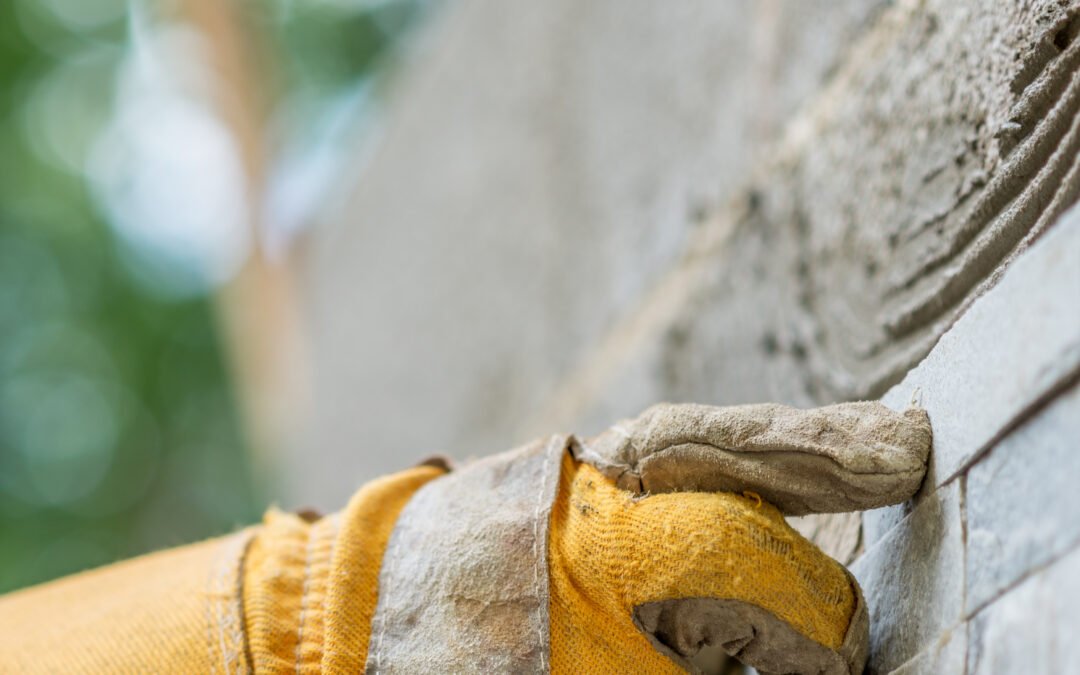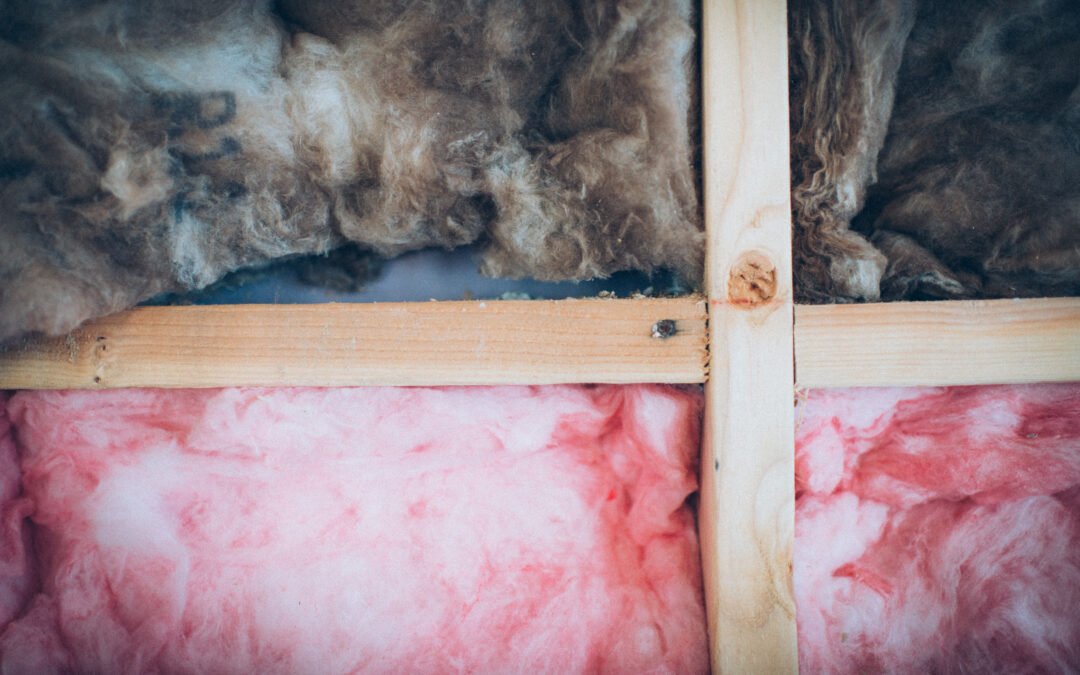Understanding the Importance of Loft Insulation
Loft insulation is a crucial component in maintaining the energy efficiency of any home. In Luton, specifically, where temperatures can vary significantly between seasons, having a properly insulated loft can be the difference between a comfortable living environment and one that is not. Loft insulation accomplishes this by effectively reducing the amount of heat that escapes through the roof of your home, thereby maintaining a consistent internal temperature.
The top of your house is where most heat is lost, up to a staggering 25%. This loss can cause your home to be colder during the winter months and increase your energy bills substantially. A well-insulated loft will substantially reduce this heat loss, enabling you to maintain a comfortable temperature in your home without the need for excessive heating or cooling.
Moreover, loft insulation can also contribute to the reduction of carbon emissions. By reducing the amount of energy required to heat or cool your home, you are, in turn, reducing the amount of fossil fuels burned to produce said energy. This is a major step in reducing the carbon footprint of your home and playing a part in the global effort to combat climate change.
Primary Benefits of Loft Insulation in Luton
The benefits of loft insulation in Luton extend beyond just maintaining a comfortable temperature. Firstly, loft insulation is cost-effective. Despite the initial installation costs, the amount saved on energy bills quickly outweighs this expense. It’s estimated that a properly insulated home can save up to £250 annually on energy bills.
Secondly, loft insulation can significantly enhance the value of your property. A well-insulated home is a high commodity in real estate, as potential homebuyers are increasingly seeking energy-efficient homes. Thus, similarly situated properties with loft insulation can command a premium price in the market.
Lastly, loft insulation can create additional usable space in your home. A well-insulated loft can be converted into a comfortable living space, whether that be a bedroom, office, or playroom. This can add a significant amount of usable square footage to your home, further increasing its value.
The Role of Loft Insulation in Energy Efficiency
Energy efficiency is a hot topic in today’s world, and loft insulation plays a central role in achieving this. Insulated lofts help maintain the desired temperature in your home, reducing the need for excessive heating or cooling. This reduced energy consumption leads to a direct decrease in your carbon footprint, contributing to environmental sustainability.
Not only does loft insulation contribute to a more sustainable environment, but it also encourages substantial economic savings. By reducing the need for heating and cooling, households can save on their energy bills. This financial saving is a primary factor driving the increasing popularity of loft insulation in Luton and beyond.
Furthermore, loft insulation is a long-term solution. Good quality loft insulation can last up to 40 years, offering long-standing energy efficiency and cost-saving benefits.
Insight: How Loft Insulation Affects Your Energy Bills
Loft insulation can have a significant impact on your energy bills. By containing heat within your home during the colder months and repelling it during warmer times, your reliance on heating and cooling systems diminishes. This reduced need for artificial temperature control decreases energy consumption and, consequently, energy costs.
According to the Energy Saving Trust, loft insulation can save households anywhere between £130 and £250 annually. These savings depend on various factors, including the size of your home and the type of insulation used. Over the lifespan of the insulation, these annual savings can accumulate to a considerable amount.
Therefore, while loft insulation may involve an initial cost, it’s an investment that pays off. The savings on energy bills quickly offset the initial outlay and continue to benefit homeowners in the long term.
Step-by-Step Guide to Loft Insulation Process
The process of loft insulation begins with a thorough assessment of your existing loft space. This includes determining the type of insulation needed, the thickness required, and evaluating any potential obstacles like pipework or electrical wires.
Next, the loft is prepared for insulation. This involves clearing any debris and ensuring the space is dry, as moisture can affect the effectiveness of the insulation. Once the loft is ready, the insulation material is laid. This usually involves rolling out the insulation material between the joists and then laying another layer crosswise to cover the joists and eliminate heat bridges.
Finally, the loft is sealed off to preserve the insulation. This may involve installing loft boards over the insulation for those wishing to use their loft for storage or living purposes. It’s important to ensure that the insulation is not squashed, as this can reduce its effectiveness.
Choosing the Right Insulation Material for Your Loft
There are several types of insulation materials available for lofts, each with its own advantages. Mineral wool is the most common type, renowned for its heat retention properties and affordability. Sheep’s wool and loose-fill insulation are other options that are eco-friendly, albeit at a higher cost.
Rigid insulation boards are another option, especially for homes with flat roofs or for those wishing to convert their loft into a living space. These boards offer high insulation levels and can be plastered over, making them ideal for room conversions.
The choice of insulation material depends on various factors: your budget, the type of loft you have, and your personal preferences. It is advisable to consult with a professional when choosing your loft insulation to ensure you have the best option for your specific needs.
Professional vs DIY: Assessing the Best Approach
The choice between DIY and professional installation largely depends on the complexity of the job and your level of competency. Simple insulation jobs can be done by homeowners, saving on labour costs. However, complex jobs, particularly those involving conversions or dealing with damp issues, might demand a professional’s expertise.
Professional installation guarantees a thorough job, adherence to safety standards, and usually comes with a warranty. However, it tends to be more costly. DIY, on the other hand, can be more affordable but requires a good understanding of the process and potential hazards like electrical wires or uneven surfaces.
Either way, it is important to ensure that the installation process is done correctly, as improperly installed loft insulation can lead to various issues like condensation and dampness.
Future of Loft Insulation: Trends and Innovations
The future of loft insulation is promising, with ongoing advancements aiming to improve efficiency and sustainability. One emerging trend is the use of natural and recycled materials. Products like sheep’s wool and recycled plastic offer excellent insulation properties and are environmentally friendly.
Another innovation is the introduction of smart insulation materials. These products are designed to provide better insulation during winter and less insulation during summer, optimising the energy efficiency of homes according to the changing seasons.
Furthermore, the future also holds promise for improved insulation techniques. New methods aim to minimise the disruption caused during installation and enhance the effectiveness of the insulation. These advancements, paired with the increasing awareness of the importance of energy efficiency, are set to propel the loft insulation industry into an era of growth and innovation.




